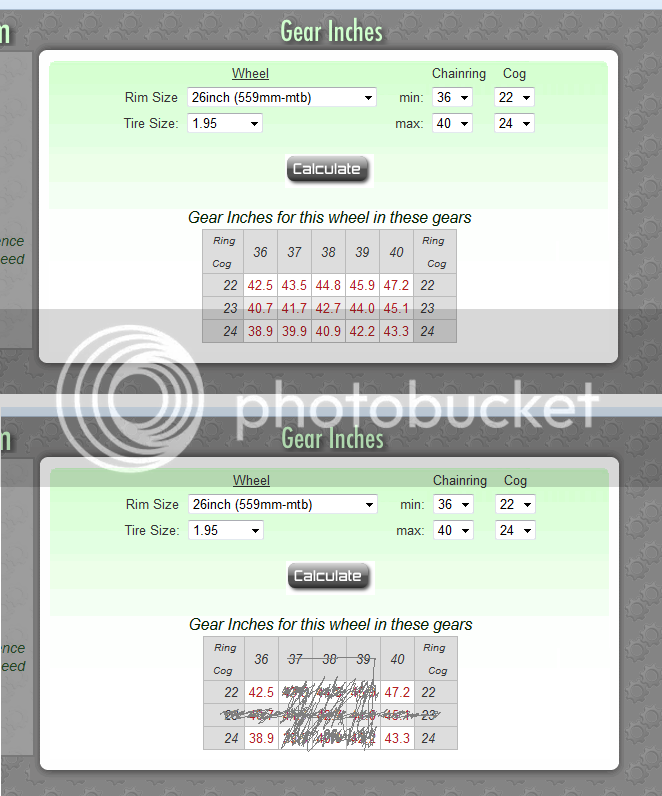I like my adult single speed trykes geared at 36/22. With long arm 7.5 inch cranks its a comfortable easy to pedal pace. I just picked up an older heavier tryke and was wondering how 40/24 gearing would be compared to 36/22. With a 36/24 setup you would be spinning and not going anywhere.
Sent from my GT-P5113 using Tapatalk
Sent from my GT-P5113 using Tapatalk





